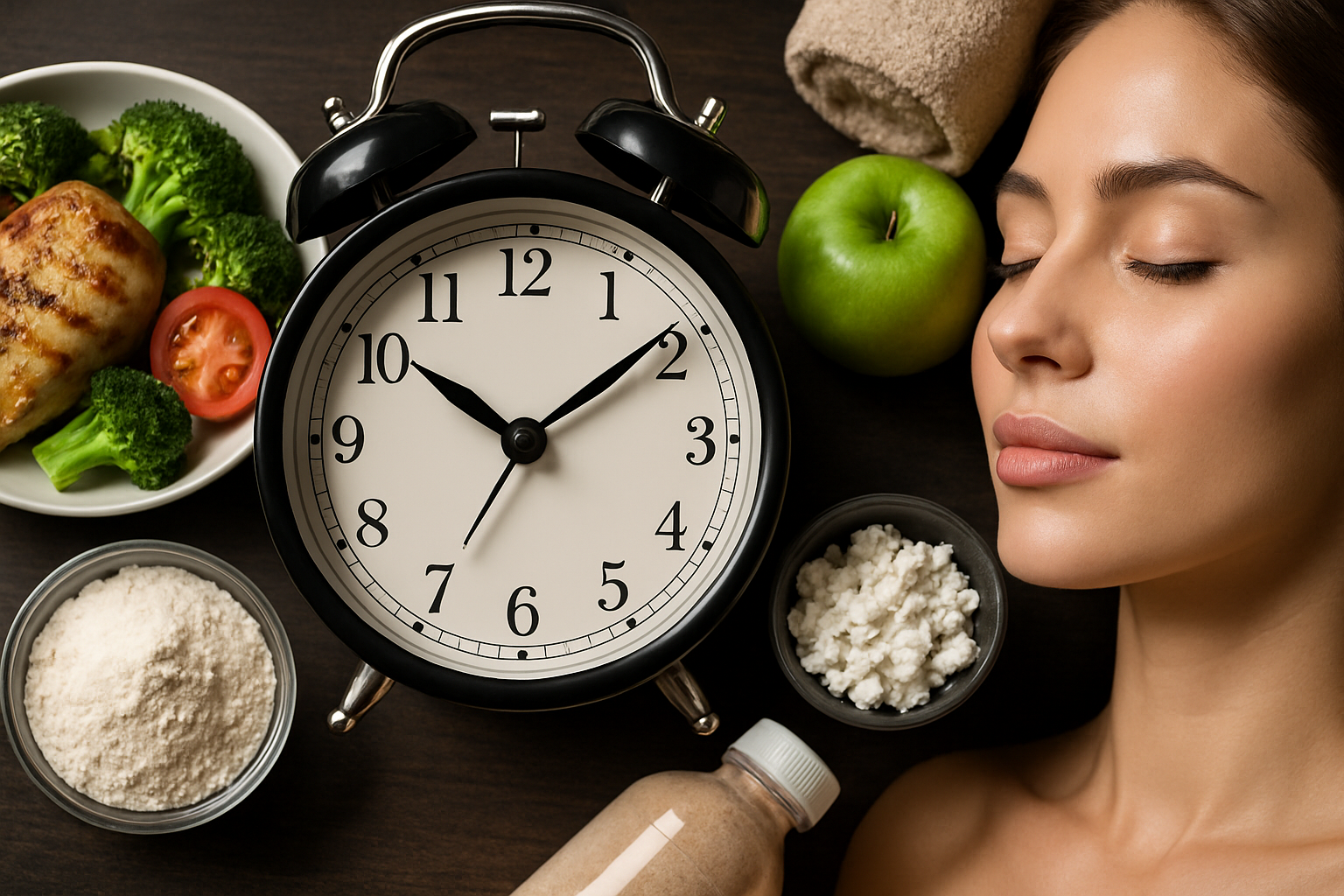Antioxidant-focused meal ideas to protect skin and aid muscle recovery
Practical meal ideas can combine antioxidant-rich foods with balanced macronutrients to support skin health and help muscles recover after exercise. This overview highlights ingredient choices and simple meal patterns that support hydration, circulation, inflammation control, and regeneration without complex recipes.

Antioxidants help neutralize oxidative stress from environmental exposure and exercise, supporting skin integrity and cellular regeneration while aiding muscle recovery. Pairing antioxidant-rich produce with adequate protein, healthy fats, and fluids supports circulation, mobility, and endurance during training and everyday movement. This article outlines how to use nutrition and meal structure to protect skin and promote recovery without elaborate preparation.
This article is for informational purposes only and should not be considered medical advice. Please consult a qualified healthcare professional for personalized guidance and treatment.
What role do antioxidants play in skincare and recovery?
Antioxidants such as vitamins C and E, beta-carotene, polyphenols, and flavonoids help limit oxidative damage to skin cells and muscle tissue. By reducing free radicals, these compounds can support skin barrier function and slow inflammatory responses after exercise, which contributes to faster regeneration and less soreness. Including a variety of colorful fruits and vegetables daily increases the range of antioxidants available, which also supports circulation and overall recovery processes.
How can nutrition boost circulation and regeneration?
Foods rich in nitrates (like beets and leafy greens), omega-3 fats (fatty fish, walnuts), and polyphenols (berries, green tea) can support blood flow and endothelial function. Improved circulation delivers oxygen and nutrients that aid tissue regeneration and endurance. Combine these with lean protein sources to provide amino acids for muscle repair, creating meals that balance antioxidant support with structural nutrients needed for recovery and skin maintenance.
Which foods support mobility, muscle repair, and recovery?
Prioritize complete proteins (eggs, dairy, soy, fish, poultry) after workouts to supply leucine and other amino acids that trigger muscle protein synthesis. Include anti-inflammatory fats such as olive oil and oily fish to support joint mobility and reduce delayed-onset muscle soreness. Antioxidant-rich accompaniments like cherries, dark leafy greens, and turmeric can complement protein-based meals to address both inflammation and regeneration without sacrificing taste.
How do hydration and sleep affect skincare and endurance?
Hydration supports circulation, nutrient transport, and skin turgor; even mild dehydration can impair endurance and recovery. Aim to hydrate throughout the day and include water-rich foods like cucumbers, melons, and soups. Sleep is a restorative period for both skin repair and muscle regeneration—poor sleep increases inflammatory markers and can blunt recovery. A consistent routine that prioritizes hydration and quality sleep complements antioxidant intake for clearer skin and better performance.
How to build an antioxidants routine into daily meals?
Design a simple routine: start with a vitamin C–rich breakfast (berries with yogurt or a citrus smoothie), a mid-morning antioxidant snack (a handful of walnuts and dark chocolate), a lunch centered on leafy greens and beets with lean protein, an afternoon green tea or matcha, and a dinner with fatty fish, colorful vegetables, and turmeric-spiced grains. For post-workout recovery, combine a carbohydrate source with 20–40 g of protein and an antioxidant-rich fruit such as cherries or blueberries to support glycogen replenishment and reduce inflammation.
How can targeted foods reduce inflammation and support circulation?
Focus on whole foods with established anti-inflammatory profiles: oily fish (EPA/DHA), nuts and seeds (ALA, vitamin E), berries (anthocyanins), olive oil (polyphenols), and spices like turmeric and ginger. These ingredients help modulate inflammation while improving vascular function and circulation. Maintaining a routine that spaces antioxidant-rich meals around training sessions and sleep can limit chronic inflammatory responses and support sustained mobility and regeneration.
Conclusion Integrating antioxidant-focused meal ideas into an everyday routine supports both skincare goals and muscle recovery by addressing inflammation, circulation, hydration, and nutrient needs for regeneration. Simple patterns—colorful produce, lean proteins, healthy fats, and adequate fluids—create practical, sustainable support for endurance and mobility without complex meal plans. Adjust portions and timing according to individual training loads, sleep patterns, and recovery needs.





